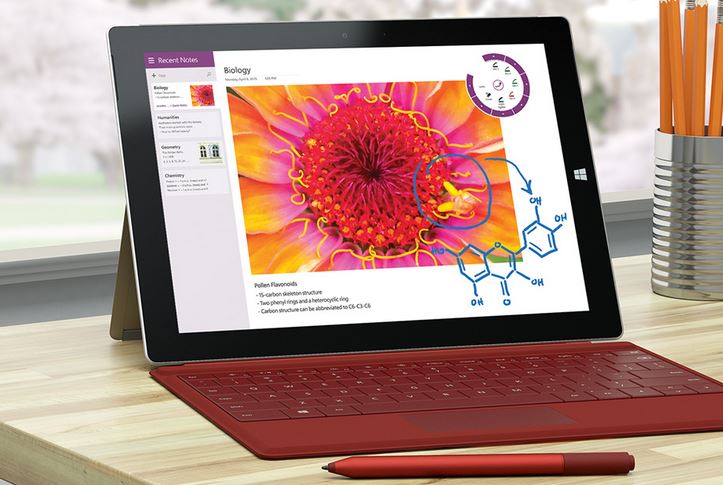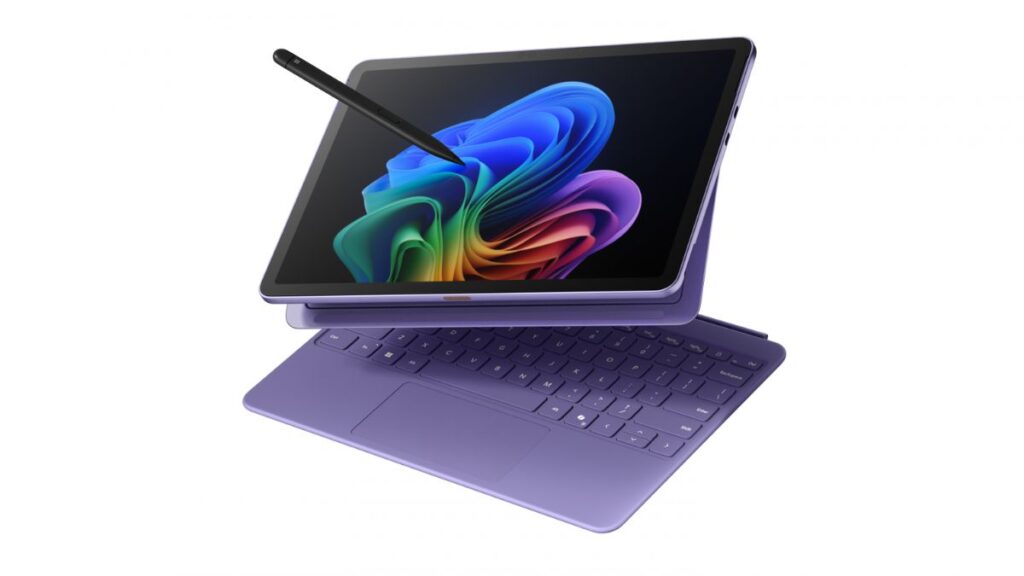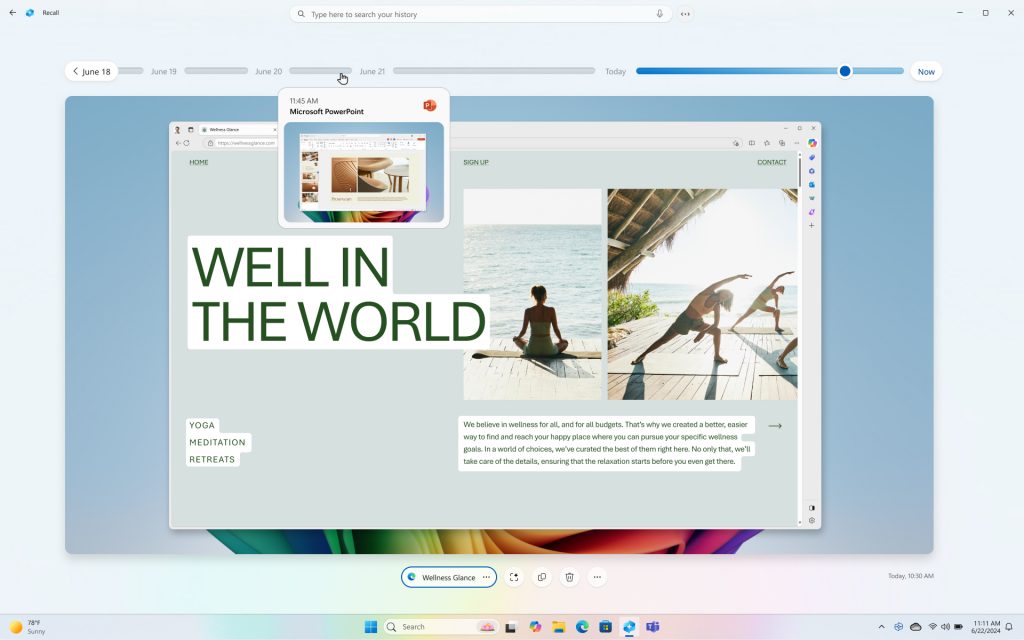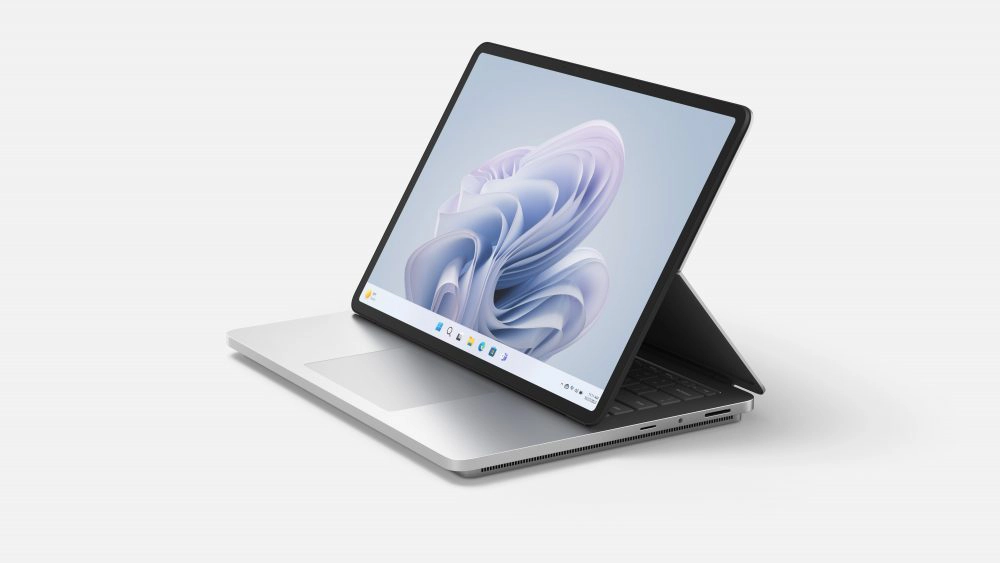I never understood the Surface RT or Surface 2. The ARM-based architecture running Windows RT just didn’t seem to fit any use case worth chasing in my opinion. It was a cheaper version of the Surface tablet line, but low cost isn’t enough if the device has no appeal.
Microsoft finally got it right with the Surface 3. Now there is finally a Surface tablet that runs on the same Intel architecture as traditional Windows PCs and runs the the full Windows operating system and Windows applications, but offers it at a price more consumers can manage.
I wrote a blog post about why the new Surface 3 is a huge step in the right direction for Microsoft:
Microsoft unveiled the new Surface 3 tablet yesterday rather than the Surface Pro 4 everyone was expecting. The new Surface 3 dumps the ARM processor and Windows RT to deliver an economical Surface tablet that still has the power and capabilities users need. It looks like Microsoft has finally hit the nail on the head.
The Surface 3 will be the device that finally drives serious mass adoption of the Microsoft tablet. Surface RT and Surface 2 are cheaper Surface tablets but never really caught on, because they run on an ARM processors and Windows RT. The Surface Pro line has a traditional Intel architecture and runs the full Windows operating system, but the cost has placed it out of reach for many consumers. The Surface 3 looks to deliver the power and capabilities of the Surface Pro line with the affordability of the Surface RT line. This is a win-win combination.
I was a fan of the Surface Pro 2. I thought it included all of the improvements it needed to deliver a better hybrid tablet / PC experience than the original Surface Pro. I was blown away when Microsoft introduced the Surface Pro 3, because it was better than the Surface Pro 2 in virtually every way. I have used the Surface Pro 3 as my primary PC since it launched, and I highly recommend the Surface Pro 3–but it’s not cheap.
A recent survey asked consumers what they were hoping for in the expected Surface Pro 4. Lower cost and better battery life were the top requested features. Thinner, lighter, better cameras, and 4G / LTE connectivity also received a fair amount of votes. When forced to choose just one element as most important, lower cost was the dominant winner… by a long shot.
Surface 3 delivers on lower cost. The entry-level model is only $500 (USD) and comes with 2 GB of RAM and 64 GB SSD storage capacity. For another $100, you can double both of those to 4 GB of RAM and 128 GB SSD. It also has better battery life, plus it’s thinner, lighter, and has better front- and rear-facing cameras. The Surface 3 even offers optional 4G / LTE functionality.
You can read the complete article at TechRepublic: Microsoft finally gets it right with the Surface 3.
Would you like to check out the new Surface 3 for yourself? Surface 3 tablets are on display starting today exclusively at The Windows Stores inside Best Buy outlets. Visit your nearest Best Buy to get some hands-on experience with the new tablet and see if it’s right for you. You can pre-order the Surface 3 starting today from Microsoft or BestBuy.com.
- The Evolving Face of Ransomware — and How We Can Stay Ahead of It - August 15, 2025
- Why We Need to Treat AI Agents More Like Human Employees - August 13, 2025
- Why Data Must Be the Heart of Cybersecurity - August 8, 2025



